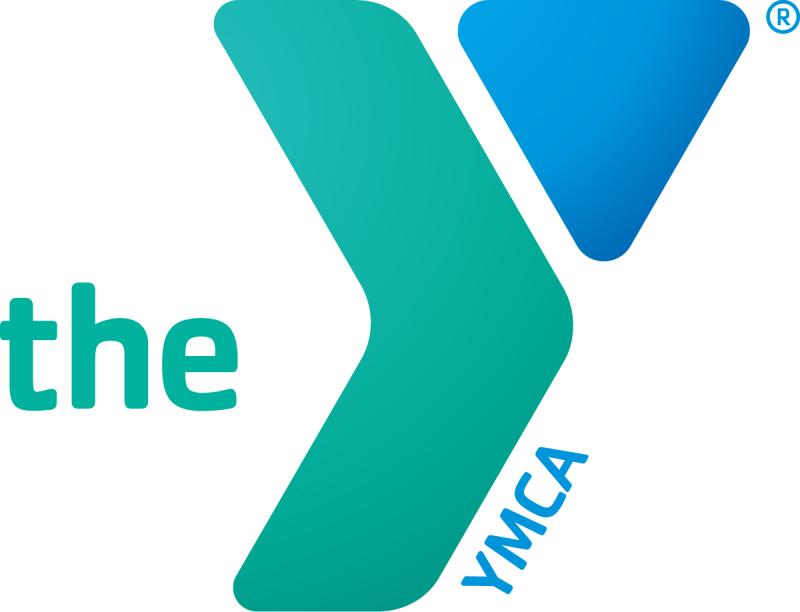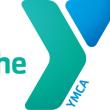Back to school, back to basics
When I first started personal training, I thought it was critical to pull out all the stops; use every piece of gym equipment, keep up with the latest and greatest fitness trends and put my clients through an obstacle course of creative combinations. As I’ve grown in my career and learned more through seminars and symposiums, I believe these two things to be true; focus on practical and functional movement patterns and change up your routine frequently. Moral of the story; keep is simple.
According to an article posted on IDEA, “[functional training] involves identifying and understanding the environments in which movement occurs; the many positions, drivers and actions of the body; the three dimensionality of muscles and joints; the subconscious Chain Reactions™ throughout the body triggered by movement; and so on.” Basically, you need to think about the way your body moves each and every day, then begin to strengthen your body in those planes of movement. Why would we strengthen from point A to point B when a task needed in our daily lives needs us to move to point C?
Simply put, the breakdown of exercises involves push and pull (both horizontally and vertically), hinge, squat, lunge, rotate and practicing core bracing or stability. You push a grocery cart, hinge to pick something up off of the floor and squat to sit in a chair; functional training is back to basics.
But basic doesn’t need to boring. In fact, I am a huge advocate of changing up your workout regime to avoid burnout, boredom and, of course, overuse and injury. According to an article posted to the American Council on Exercise, “General adaptation syndrome describes how the physiology of the body adapts to a physical stimulus such as exercise. When beginning an exercise program, there is an initial alarm phase of one to three weeks, where the body recognizes that a new stimulus is being applied. This is followed by an adaptation phase of four to 16 weeks, where the body adapts to the stimulus and becomes more efficient at tolerating it. Finally, 12 to 16 weeks, the body reaches what is called the exhaustion phase, where the stimulus no longer has a significant effect.”
Whether it’s group classes, road running, strength training or power lifting, changing up your routine will help avoid a plateau and keep you motivated to continue on with your health goals. Bottom line, maintaining your wellness regime can be challenging. Let’s eliminate factors that can hinder results or tamper with your consistency. Pretty soon you’ll be seeing results and positive progress. Now, that’s a lesson plan we can follow. Happy back to school!

























